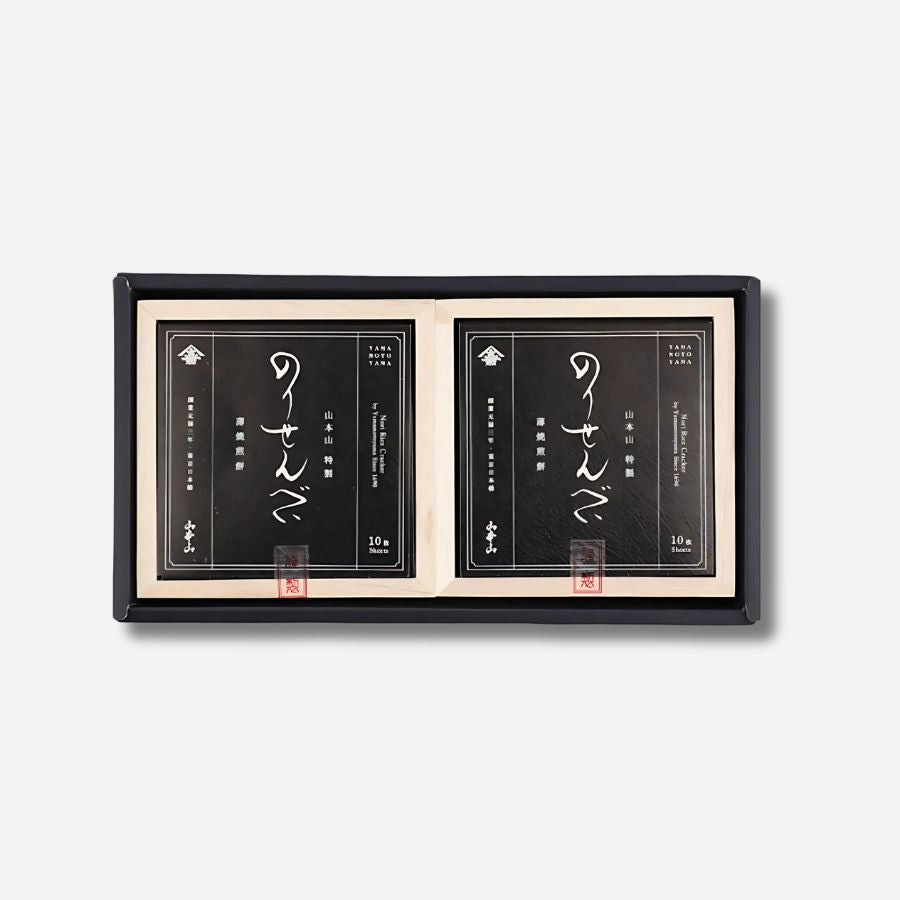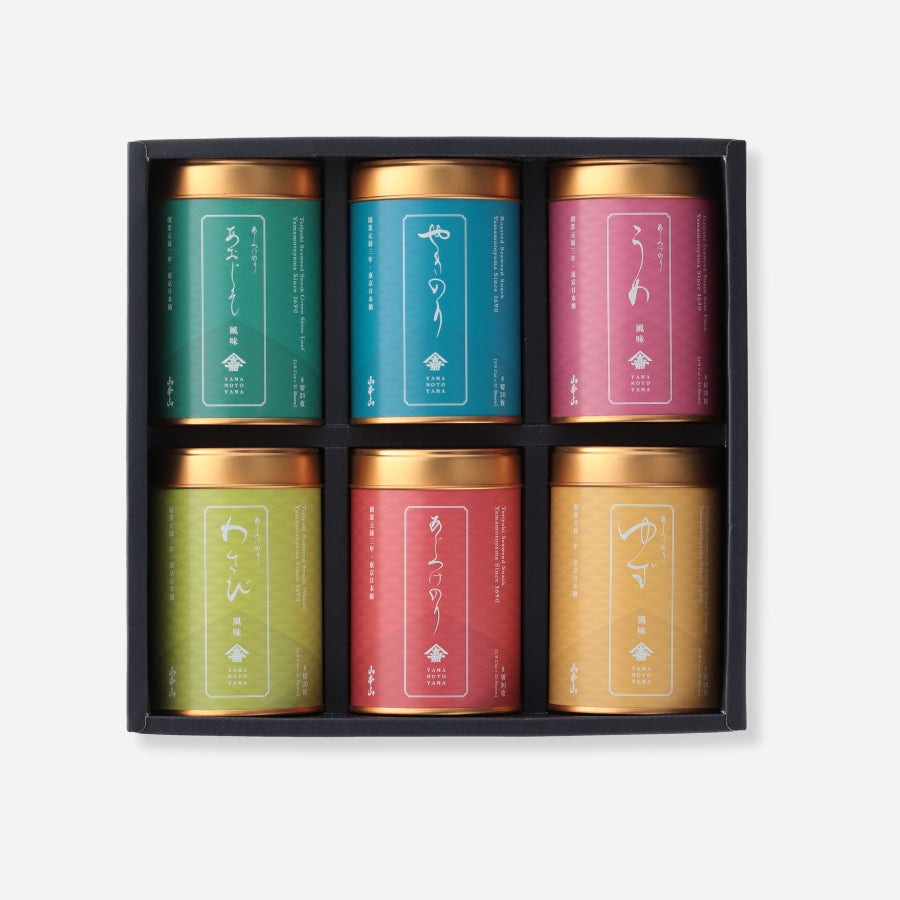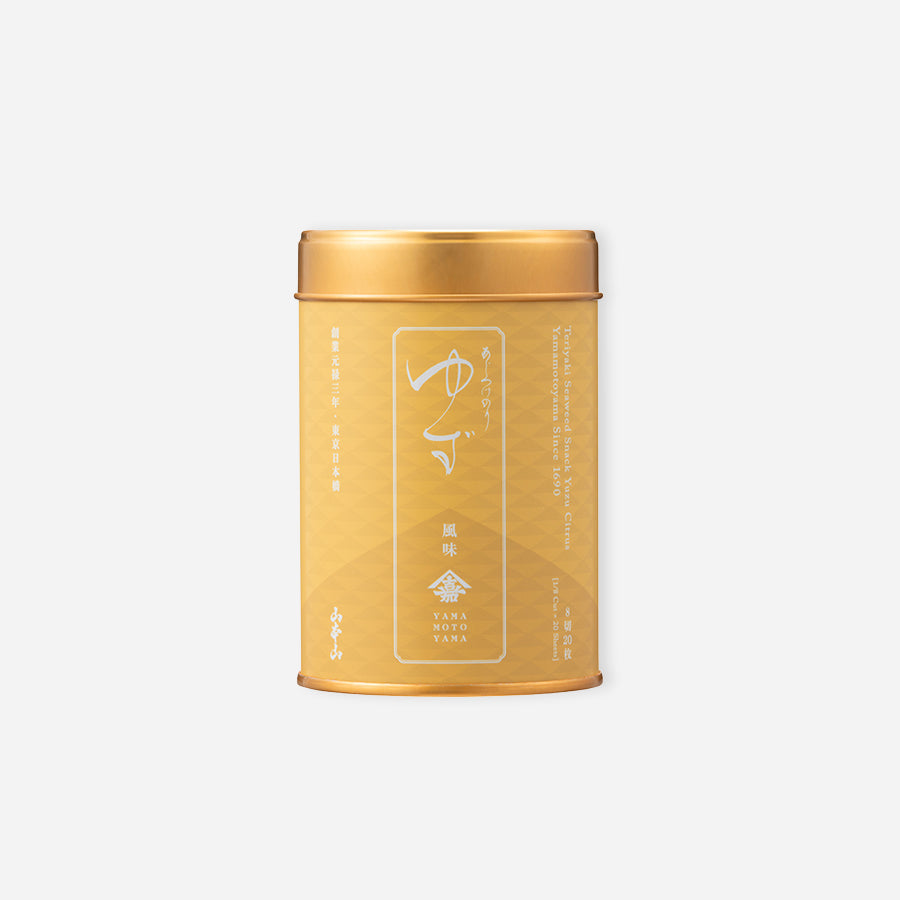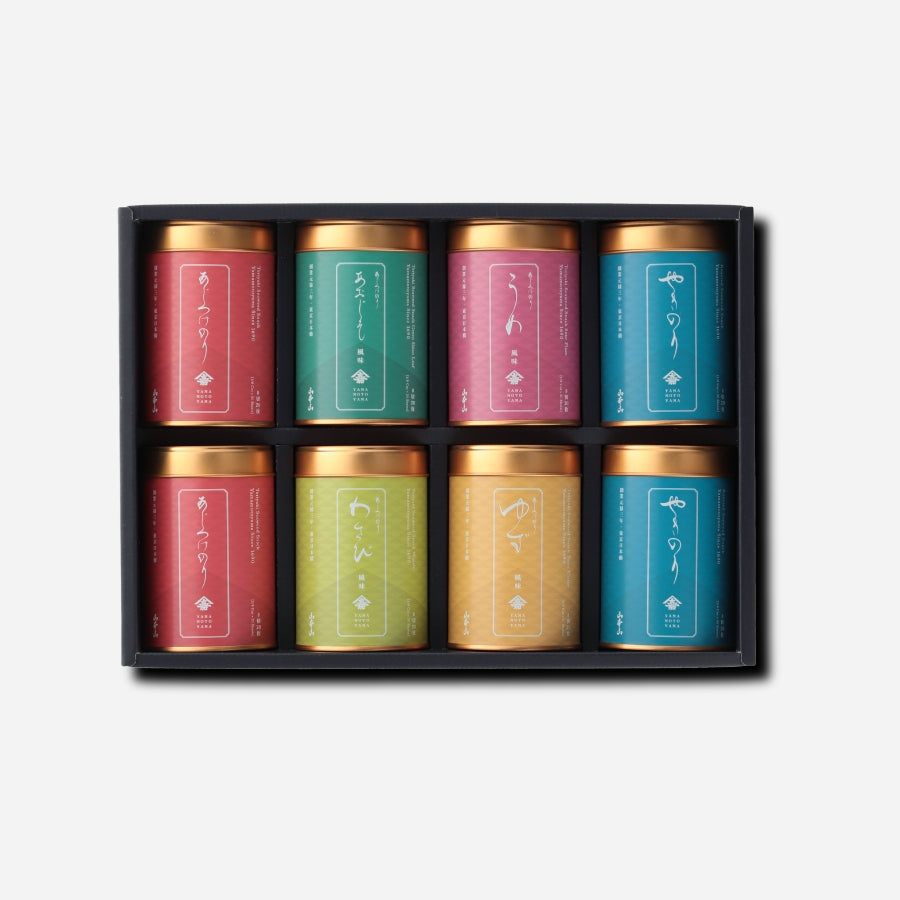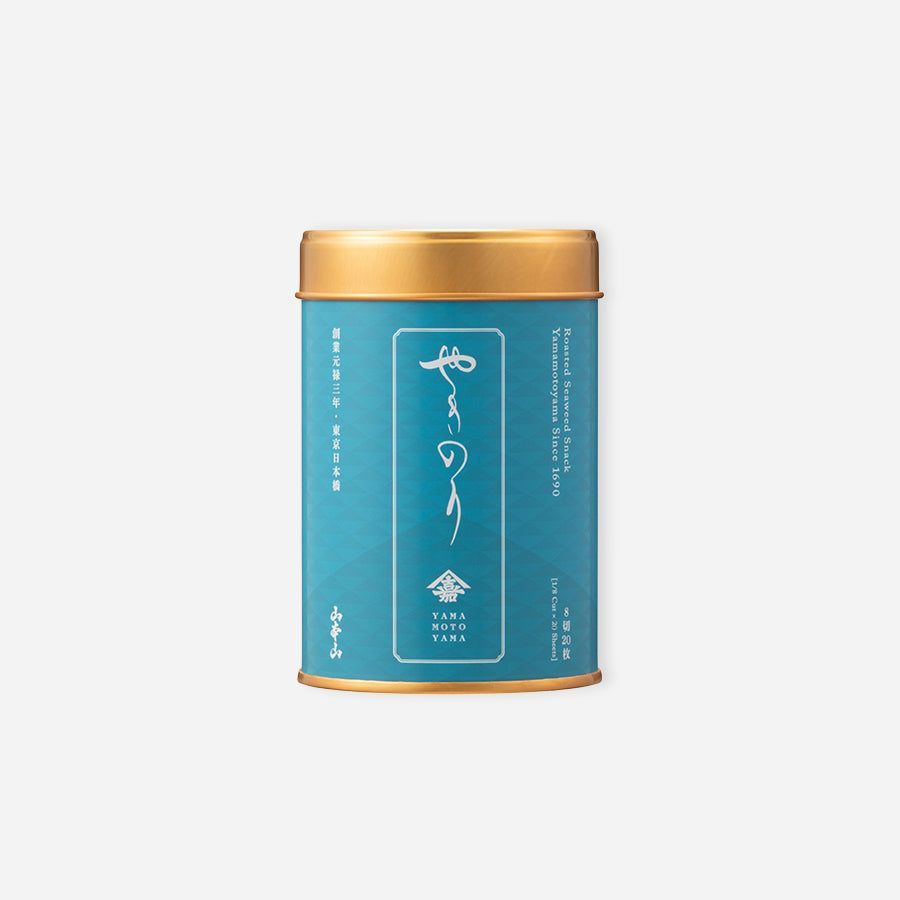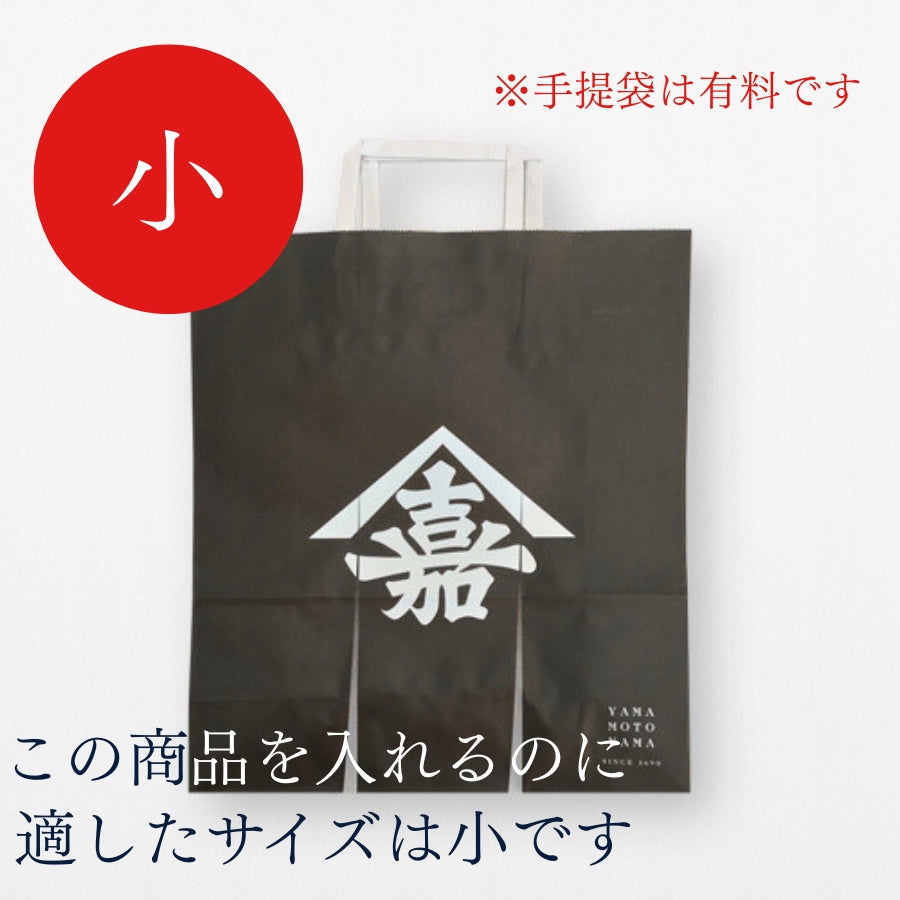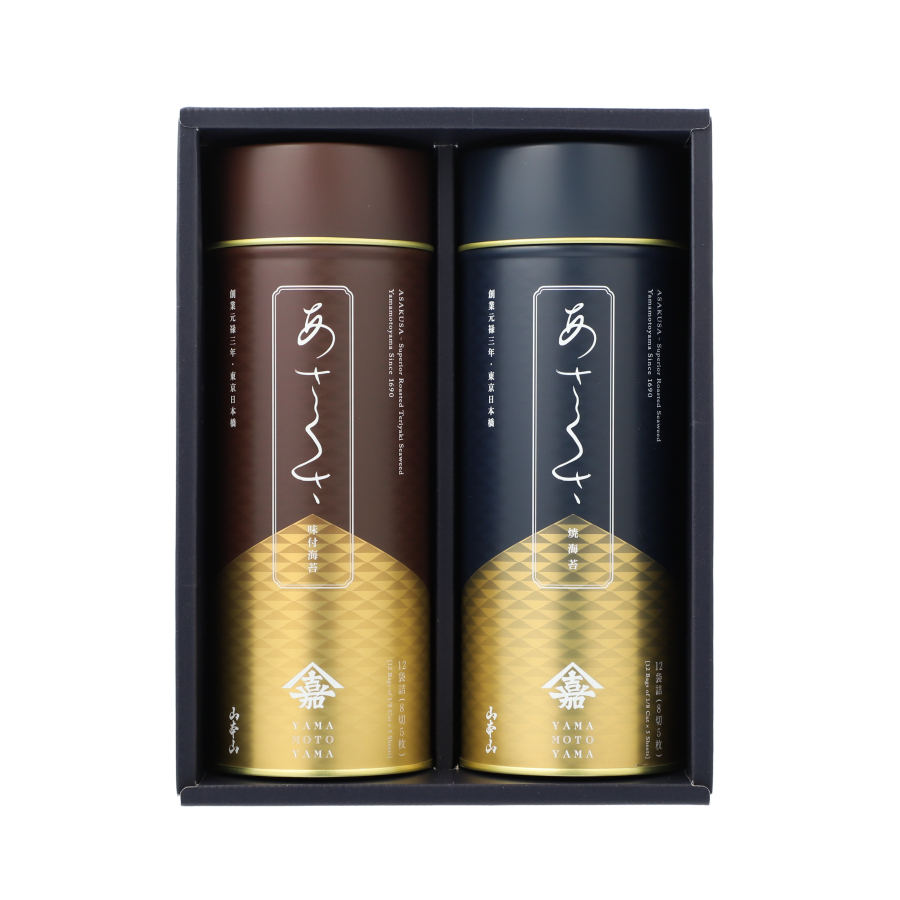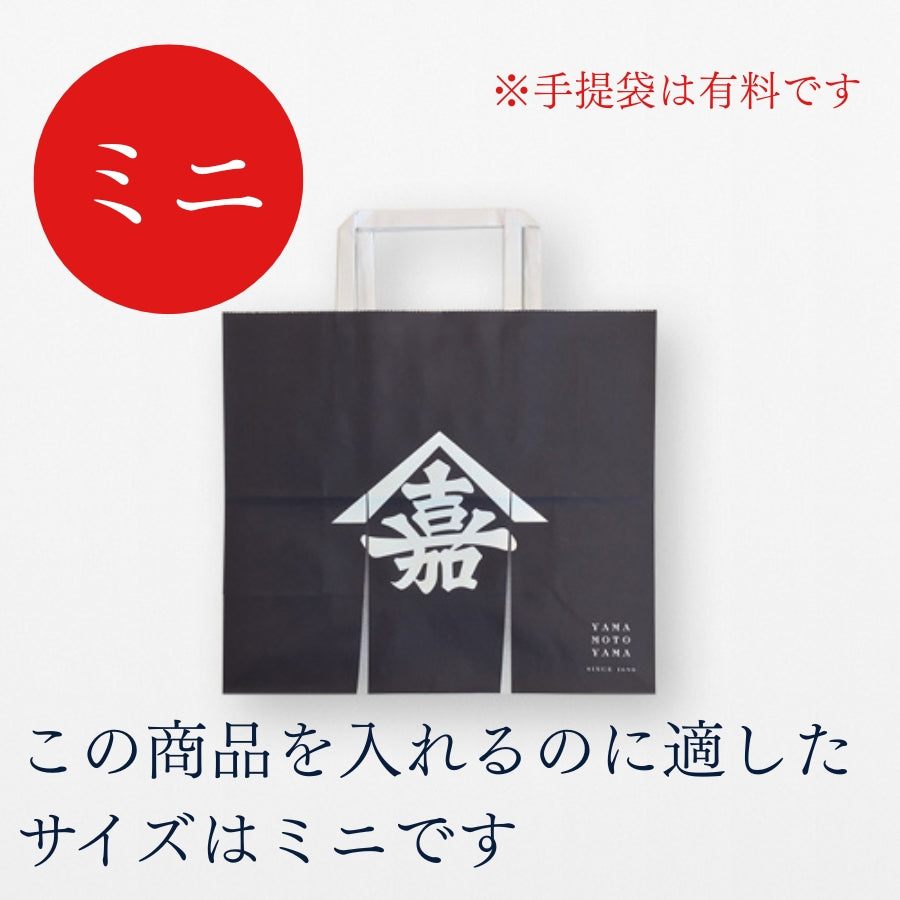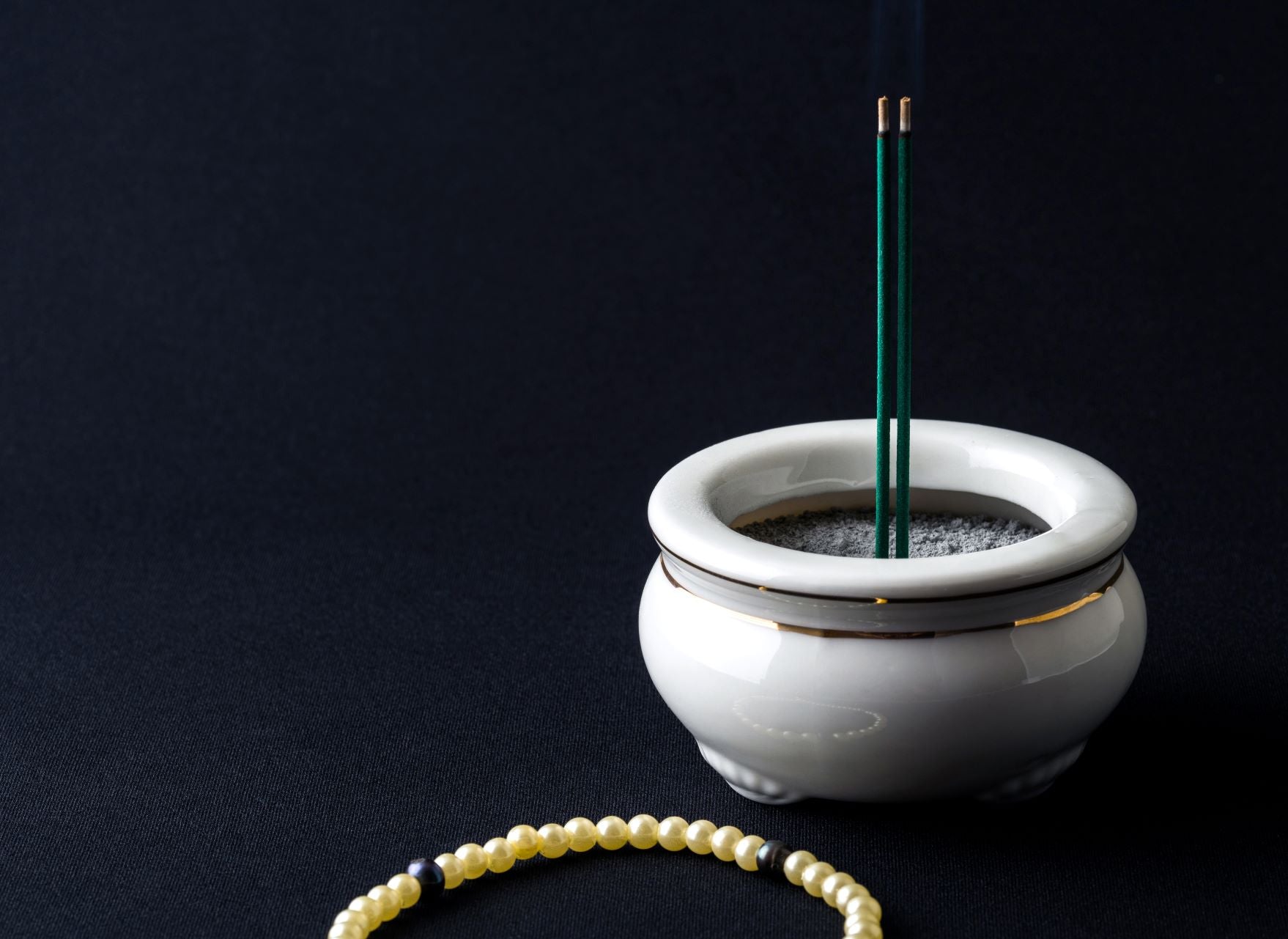
[Archival Edition] How to write and types of wrapping paper for memorial service gifts and condolence money
Memorial service gifts
Gifts are given to those invited to a memorial service, and wrapping paper is an essential item for this purpose.
The inscription "Shi" is a versatile word that can be used regardless of religion, whether Buddhist or Shinto.
Generally, black and white knotted mizuhiki are used in both Buddhist and Shinto ceremonies.
Interestingly, in Christian ceremonies, similar wrapping paper is often used in accordance with Japanese customs. The word "Shi" also seems to be widely accepted as a way of conveying condolences beyond religion.
Typical gifts for the guests include sweets, tea, and seaweed. These items are chosen because they keep well and are enjoyed by everyone.

Examples of inscriptions used at memorial services
- "Shi": A message that can be used regardless of religion
- "Freebies": Gifts given at Christian memorial services and memorial anniversaries
- "Souyou": This is the inscription used for gifts given at Buddhist memorial services after the 49th day. The donor's name or surname is written in regular ink. No noshi is attached, and the gift is tied in black and white.
- "Cha no Ko": For gifts at Buddhist memorial services. The inscription means "It's a small gift." The name or surname of the recipient is written in regular ink. No noshi is attached, just a black and white knot.

The most widely used inscription of "志" (black and white knot)

Price range for gifts for memorial services
The amount is generally around 3,000 to 5,000 yen and is given on the day of the memorial service.

What is a condolence gift?
A gift in return for a condolence gift is given as a token of appreciation for the condolence money given.
Generally, Buddhist offerings are given after the 49th day of mourning, while Shinto offerings are given after the 50th day memorial service.
There are no specific rules for Christian ceremonies, but Protestants give gifts after the memorial service on the first month's anniversary of the person's death, while Catholics give gifts on the monthly anniversary of the person's death.
Recently, there has also been an increase in "same-day return gifts" sent on the day of the funeral.
Originally, condolence money was meant to be a symbol of mutual assistance, so it is not necessary to give a gift in return. Increasingly, condolence money is used for the surviving family's educational expenses, or donated.
When sending a gift in return for a condolence offering, do not attach a noshi (traditional Japanese paper wrapping). Instead, use a black and white knotted paper with mizuhiki string and write the family name or name of the recipient in light ink.

Examples of inscriptions used on condolence gifts
- "Shi": This inscription can be used regardless of religion.
- "Kimyosi": Used in Buddhist ceremonies.
- "Sougusa": Used in Shinto ceremonies.
- "Manchu-inshi": This is a Buddhist inscription that is only used after the end of the period. It is mainly used in the Kansai area.
- "Sougusa": This is the inscription on the envelope of a Shinto gift in return after the fifty-day memorial service has ended.

The inscription "Manchuinshi" (yellow and white knotted) is commonly used in the Kansai region.

Average price of condolence money
The amount is generally half or one third of the condolence money, and the most common items are tea, seaweed, soap, etc.
Don't say "thank you" when sending a condolence gift
I would also like to introduce one custom for the recipient.
Although it is easy to say it, it is customary not to say "thank you" or anything like that when receiving a condolence gift. Thank-you letters are also not sent. This is because it is thought that saying "thank you" is not appropriate for someone who is experiencing great sorrow.
However, it doesn't hurt to let us know when you receive it.
When letting the person know that you have received the gift, call them to ask about their recent situation, and avoid saying thank you by saying something like, "I have received the offering, I am grateful."

Frequently asked questions about memorial services and funerals
Q. According to the wishes of the deceased, the entire amount of the condolence money is to be donated. In this case, is it necessary to give a condolence gift in return?
A. It is not considered rude not to give a condolence gift.
However, some people may wonder why they have not received a gift in return for the condolence money, so it is a good idea to send a greeting card thanking them for attending the funeral and reporting that you have donated a condolence money.
Q. I received a condolence gift in the name of my company. Please tell me how to return the gift.
A. If the gift is received in the name of a company, there is no need to give a gift in return.
If you visit the company to sort the belongings of the deceased, politely say thank you. If you receive a condolence gift from a department or section of the company, it is a good idea to return the gift with a gift such as sweets.
Q. How many relatives must pass away before you would refrain from sending New Year's cards?
A. Generally, this would include your spouse, children, biological parents, and your spouse's parents if you were living together.
Greeting cards apologizing for not receiving New Year's greetings during mourning should be sent out in November if possible.
There is a set style for greeting cards, but since it is you who is absent, it is proper to say, "I apologize for not sending you greeting cards," rather than the commonly seen, "Due to my current mourning period, I would like to refrain from sending New Year's greetings."
Q. I have been invited to a memorial service for the first anniversary of a loved one's death. What should I wear?
A. Until the first anniversary, the host will wear mourning attire, so attendees should aim to dress appropriately.
For men, a black or dark suit is recommended, along with a white shirt and a simple black or grey tie.
Women should wear black, gray, or dark blue suits or dresses. Accessories should be kept to a minimum. For Japanese clothing, choose plain, plain colors such as gray, and black or other plain colors for the obi and sandals.
From the third anniversary onwards, it is acceptable to wear plain, casual clothing instead of black. Even for the first anniversary, if the invitation says "casual clothing", it is acceptable to wear something other than black. Dark suits are appropriate for men, and plain suits or dresses are appropriate for women.
Q. I would like to visit the grave during memorial services and the equinox. How should I do this?
A. When visiting the grave, we first clean the grave and the surrounding area thoroughly and then each person prays in front of the grave.
First, clean the area around the grave by removing any trash, weeds, incense ashes, etc. Sprinkle water on the gravestone, scrub it with a scrubbing brush, and change the water in the flower vase.
Once the cleaning is done, flowers are offered and the incense sticks are lit in bundles. Finally, each person pours water on the gravestone and joins their hands in prayer.
Q. I sent out New Year's cards without realizing that the person was in mourning. What should I do?
A. First, send a letter apologizing for not knowing about the misfortune and expressing your condolences.
If a letter alone is not enough to show your gratitude, you can send an offering such as incense. It is also considered good to send a letter after the New Year holidays to express your gratitude in the winter.





